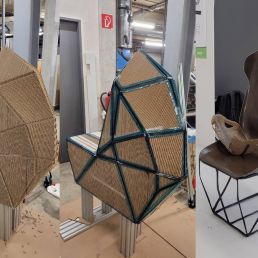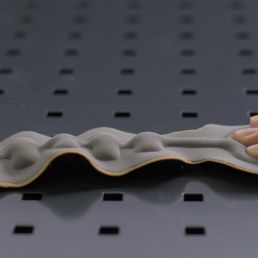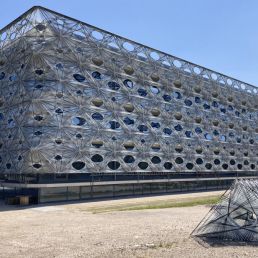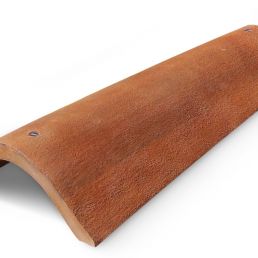
Spider silk proteins reach industrial applications
Large-scale manufacturing process in the market launch
9 August 2011
Spiders have been populating the earth for around 400 million years and have developed a wide variety of prey capture methods. One of the best known is certainly the spider web. The fibers and webs produced by spiders in the wild have a unique stability and elasticity. In terms of its extremely fine structure, spider silk is as hard as steel and elastic like rubber. For years, scientists have been trying to solve the riddle of the spider silk and to recreate it industrially. AMSilk AG and Prof. Thomas Scheibel have now succeeded in doing this.
Genetically modified bacteria
On the basis of a traditional fermentation process using genetically modified bacteria, spider silk proteins can for the first time be produced in any quantity for a wide variety of applications. Although the industrial production of threads based on spider silk proteins is still being researched, the production of raw material in spheres, membranes, films and foils is already possible. For example, a spider silk film or spider silk sheet can be produced with a diluted silk solution. This new type of production technology makes the targeted modifiability and controllable shaping of silk proteins possible and opens up the use for the first silk products in industry and technology.
But not only in the industrial context there are some exciting applications waiting for spider silk. Because the material is very well tolerated by humans, the use of spider silk for cosmetics or medical implants is conceivable. In her doctoral thesis at the Hannover Medical School (MHH), Hanna Wendt found out that spider silk would be ideally suited for growing artificial skin. The material has a high level of strength, is nevertheless stretchable and is tolerated by the human body.
Scientists at the Hanover University Clinic had previously discovered that spider silk supports the regeneration of nerves and is suitable as a suture material. The investigations were carried out with “golden orb web spiders” from Tanzania. On the skin cells transplanted by Hanna Wendt, supplied with nutrients, warmth and air, two superimposed tissue-like skin layers grew in a very short time. Research is now being carried out on the synthetic production of spider silk in a clinical setting.
image: wikipedia
Ecoblaq molecular wood colours
23 March 2024
Ecoblaq is a molecule manipulation method, a natural chemical reaction, making…
Natural fiber reinforced car seat
22 October 2023
The focus of the project "Design for Recycling" is a seat shell that is made…
MotorSkins morphing textiles
19 April 2022
Berlin based start-up MotorSkins designs and produces textiles with embedded…
3D Pioneers Challenge 2022
15 December 2021
The 3D Pioneers Challenge 2022 adresses tech pioneers who pave the way for…
IGNIS – Light from waste heat energy
12 August 2020
The availability of affordable, independent and, above all, clean electrical…
Brake disc with reduced fine dust
21 April 2021
Fine dust endangers our health. One of the main sources is traffic, especially…
Texoversum
15 July 2023
With the "Texoversum", Reutlingen University has put into operation a training…
Invisible Terracotta Solar Rooftile
10 May 2023
The family-run business Dyaqua has developed a technology to integrate a…
Xarvio – Digital Farming
8 January 2021
BASF Digital Farming GmbH has received the renowned Crop Science Award for the…








